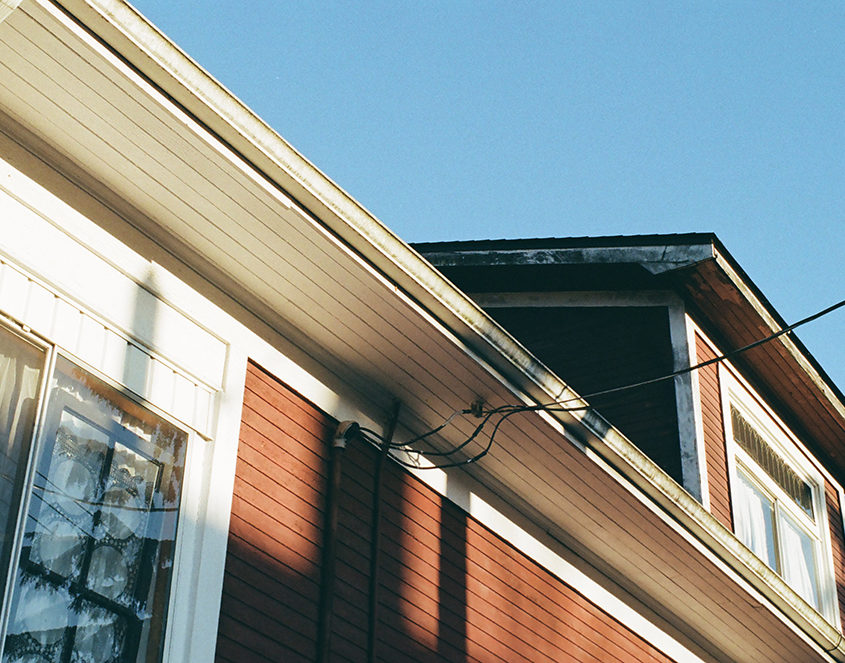Walk down any residential street in America today and look at the homes that line the street. No matter the architectural style, there are certain to be common features on every house, such as HVAC vent pipe coming out the side and vent systems on the roof. These unassuming elements provide important functions for a home and its occupants.
Gutters may be inconspicuous, but they are critical to the health and longevity of a home. Gutters help drain rainwater off your roof and away from your home’s foundation, keep the basement and first floors dry and protected. Knowing how your gutters work and when they should be inspected or repaired should be at the top of any homeowner’s to-do list. If you are unfamiliar with these components, read on for everything you ever needed to know about gutters.
Types of gutter materials
Gutters can be made from a number of different materials, with varying costs and complexity of installation. Vinyl gutters are the cheapest option and a great DIY choice because of their ease of installation. Vinyl, however, is prone to cracking in extreme cold or heat. Therefore, in more extreme seasonal climates, the cost/benefit of cheaper material versus more frequent repair should be considered.
Metal gutters are also a popular option. Metals such as aluminum or steel are often cheaper per foot, while zinc and copper are longer-lasting yet more expensive. Metal gutters are rustproof and are not prone to cracking like vinyl gutters.
Gutter and downspout styles
Gutters come in a variety of different styles to fit the exterior design of your home. The half-round gutter style looks like a semicircle, and fits the style of many homes. Half-round gutters are typically connected to circular downspouts. The drainage rate on half-round gutters is known to be greater than other gutter styles.
The K-style gutter has a flat bottom with a jointed lip that resembles the letter ‘K’ from the side. These gutters typically connect to rectangular downspouts. While the drainage rate on K-style gutters is lower than half-round gutters, the K-style gutters are capable of holding more runoff in the gutter than half-round styles.
Gutter add-ons
There are a number of add-on features available for your gutter system. While not as essential as the gutters themselves, these add-ons can help prolong the usable life and proper functionality of the gutter system.
Leaf and debris guards are the most common add-ons available for gutters. They come in a variety of styles and designs, and vary in price depending on the material and complexity of operation. Simple vinyl leaf guards are one of the cheapest options, and allow water to drip into the gutter while keeping leaves and other large pieces of debris out. Fine mesh guards are another option, similar in overall functionality to vinyl guards.
Another type of add-on is a conductor head. This box-shaped contraption allows water to collect from multiple runoff locations and feeds into the downspout in a controlled fashion, reducing the risk of overflow. Conductor heads can be pricey, but the payoff comes in ensuring your home’s foundation and basement are protected from gutter overflow.
Gutter maintenance
Routine inspection of your gutters is recommended, so that cracks or areas of detachment from the roof can be addressed. In the fall, once the majority of leaves have fallen from the trees in your neighborhood, it is time to clear your gutters. If they are easy to access, this can be a simple DIY project. For more complex gutter removals, a professional should be contacted.
At Zablocki Waterproofing, we help homeowners in Milwaukee, Waukesha, Brookfield, Menomonee Falls, and surrounding communities with expert basement waterproofing, foundation repair, and drain tile services. For questions about your home’s waterproofing or to schedule maintenance or repair, give us a call today.






